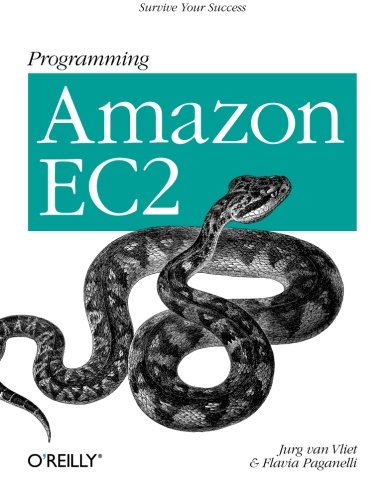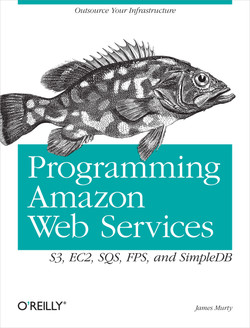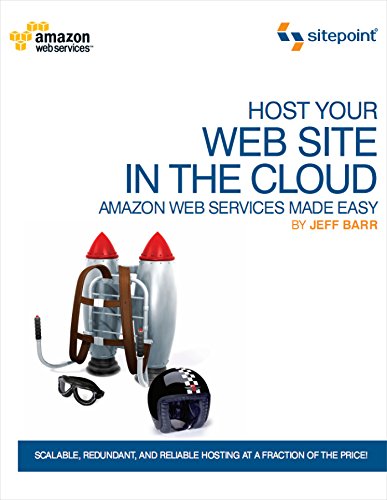
In the last few articles, I shared a few thoughts on how I think the world of IT is changing, which became the context for my good-bye to the world of physical IT altogether.
As of last week, I started working for Amazon Web Services (AWS) as a Solutions Architect, helping customers architect systems and solve technical problems using the latest cloud computing technologies. I’m very thankful to be able to work here, as it brings me back to the very center of IT innovation and gives me the opportunity to do lots of new and interesting things.
In the last weeks, I’ve been digging around AWS and its services, playing with stuff and meeting lots of inspiring people. So I thought I’d put together a few links for those interested in exploring the world of the AWS cloud computing platform for you to learn more about AWS:
Amazon Web Services Overview
If you haven’t heard much about AWS before, or haven’t had the chance to check it out yet, I suggest you start with the AWS home page and check out the list of AWS Products & Services. I was amazed at how much more AWS has to offer in addition to virtual machines and storage in the cloud. There’s a page full of Case Studies that includes some well known brands and their stories on how they use AWS to save money, be more flexible and scale their infrastructure securely in the cloud.
Digging Deeper
If you’re like me, you’ll want to try out some of the AWS services and see how they work. It’s really easy: Sign up using your normal Amazon credentials and start playing right away! Signing up is for free and you’ll only pay for what you use. Many of the services come with a free usage tier that helps you learn stuff at no cost.
In addition to documentation, whitepapers and sample code & libraries, there’s a variety of articles & tutorials and videos & webinars that show you step-by-step how to do cool stuff in the cloud.
Examples include launching a Wordpress website in 10 minutes, backing up your Oracle database into Amazon S3 using RMAN or running your own Big Data operations in the cloud by using Amazon Elastic MapReduce.
For the architectually inclined, there’s the AWS Architecture Center with overview diagrams, architecture whitepapers and webinars on architecting complex systems in the cloud. Eye-opening.
Books, Blogs and Birdfeed
Like every good geek, I bought myself a good O’Reilly book to get started, which is this one: Programming Amazon EC2*. It provides a good overview of basic AWS services and guides you through the design, development and practicalities of a few example web services running on AWS. I haven’t read Programming Amazon Web Services* and Host Your Web Site In The Cloud* yet, but they’re high up on my reading list.
Here are some blogs to read:
-
Werner Vogels, CTO at Amazon, blogs about building scalable and robust distributed systems in his blog All Things Distributed.
-
You can stay in touch with AWS News and Announcements by reading the Amazon Web Services Blog.
-
My dear Sun colleague Adrian Cockcroft now works at Netflix, a prominent AWS customer. He blogs at the Netflix Tech Blog and his own personal blog. Check this out if you want some real-world stories about operating a multi-million dollar business with tens of millions of users from the cloud.
And some Twitter accounts to follow:
-
Jeff Barr (@jeffbarr) is the Senior Evangelist for AWS. He tweets about AWS news, announcements and other cool stuff.
-
If you prefer German, here’s a brand new Twitter account for you: @AWS_Aktuell is the German language Twitter account for AWS News and Announcements. Be among the first to follow!
Jobs
Amazon Web Services is hiring. If you’re interested, check out our AWS open positions page and the Amazon careers page. And for those in EMEA, the AWS EMEA Jobs Twitter feed is a good account to follow.
In Germany, we’re hiring Solutions Architects, Sales Representatives and a Business Development Manager in Munich. In Berlin, we’re looking for a Solutions Architect, a Technical Evangelist, Software Development Engineers and a Systems Engineer.
One of the key things that make Amazon unique as a company and that convinced me to join are the Amazon Leadership Principles. I wish more companies would embrace these the way Amazon does.
Have fun!
There you have it: Lots of links to get started. Before I leave you to trying out your own stuff on AWS, here’s a fun video that introduces you to one of my favourite database services: Amazon DynamoDB.
What will you build with AWS?
P.S.: This blog now uses Amazon CloudFront for blazingly fast static content delivery. It took me only 15 minutes to set it up for my two Drupal-based blogs and I’m paying less than 2 dollars per month for it.
*Affiliate link: Buy cool stuff and support my blog at no extra cost. We both win! Here are the books featured in this entry:

Programming Amazon EC2: Survive Your Success
Jurg van Vliet, Flavia Paganelli



Commenting is currently not available, because I’d like to avoid cookies on this site. I may or may not endeavor into building my own commenting system at some time, who knows?
Meanwhile, please use the Contact form to send me your comments.
Thank you!